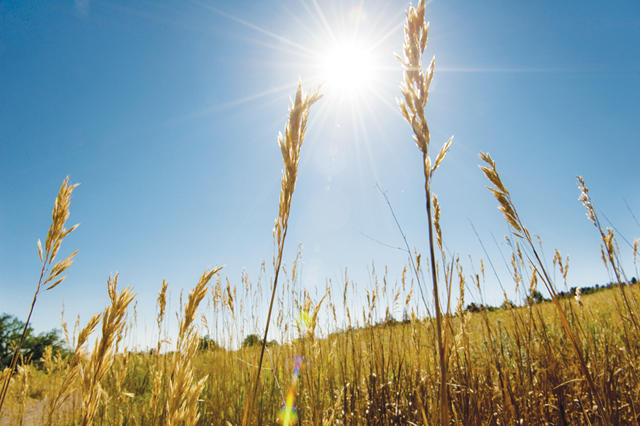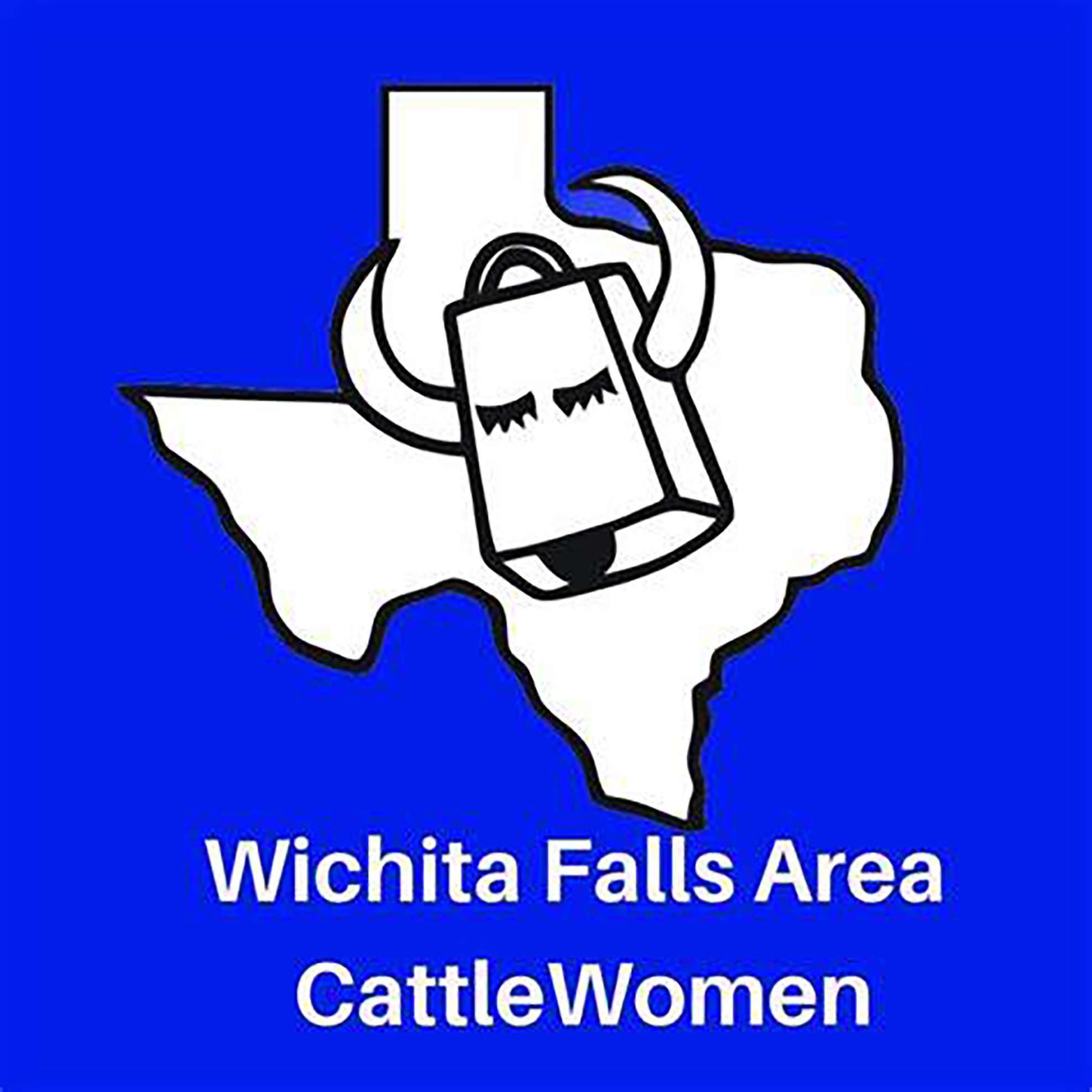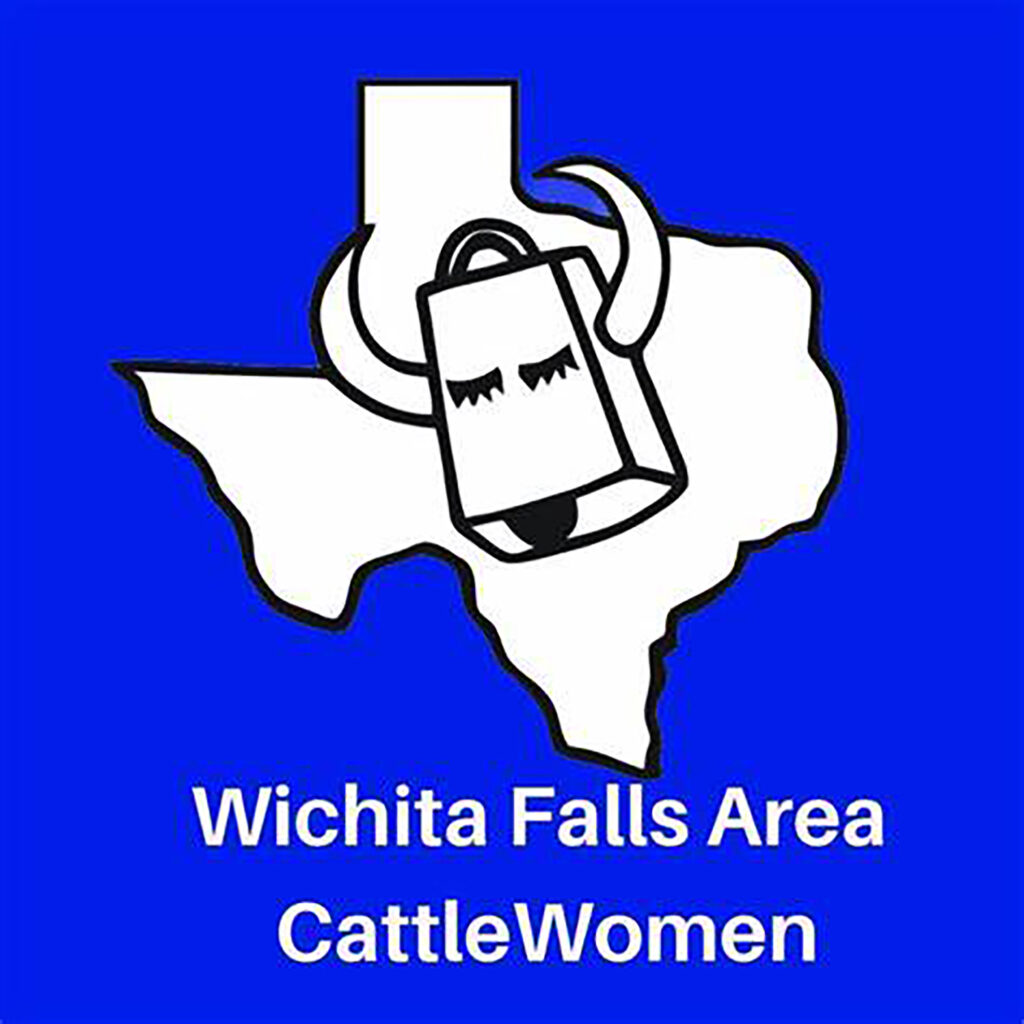HOME
Letter from the Editor

Hello readers, and welcome to the June issue of North Texas Farm and Ranch magazine.
You may notice a change in the way this issue looks and feels in your hands. In the last few years, every aspect of our economy has been impacted by the chain of supply and demand, including the printing industry. Due to the paper shortages, we made the necessary decision to switch NTFR magazine to a paper that is readily available from our printer.
This change allows us to continue serving our readership as we cover topics affecting those in agriculture across North Texas. While the touch of the paper might feel different, its pages will remain rich in relevant, quality content from our contributors with advertisements fulfilling the needs of our farmers and ranchers. We look forward to continuing to deliver NTFR to you, our readers, far into the future.
Speaking of the future, this month’s profile is a prime example of the great things that lie ahead. Meet our double feature, Texas Area IV Representative Ryan Hess and Area V Representative Gunnar Griggs-Bell. Both areas cover North Texas and we could not share one of these amazing leaders without the other. Both are passionate about advocating for the members of FFA and the agricultural industry, right now as FFA leaders and later in their careers. No doubt both are destined for greatness, and I hope you enjoy reading their story.
Our contributors are also full of educational and inspiring content for your summer reading. If you have any stories you would like to see in NTFR, I would love to hear from you. Email [email protected].
To subscribe by mail call 940-872-5922. Make sure to like our Facebook page and follow us on Instagram and Twitter. Wishing you all a very happy June!
Dani Blackburn, editor
HOME
Preparing Spring Gardens

By Hannah Claxton | Editor
The North Texas area is located within USDA Hardiness zones seven and eight. The zones are categorized by predicted low temperatures for winter and timing of the first and last frosts.
Zone seven usually has winter low temps between 0 and 10 degrees F with the average date of the first frost falling between Oct. 29 and Nov. 15 and the average date of the last frost falling between March 22 and April 3.
Overall, these two zones have similar climates and growing conditions, making the options for timing and variety within a garden very similar.
In these zones, cool-season crops should go in the ground in March, meaning that soil preparation should start now.
To read more, pick up a copy of the January edition of North Texas Farm & Ranch magazine, available digitally and in print. To subscribe by mail, call 940-872-5922.

HOME
Equine Vaccinations

By Heather Lloyd
Vaccinations are a critical component of maintaining the health and well-being of horses, especially in environments where they are exposed to other animals, such as in the sport, show and performance arenas. Horses, like all animals, are susceptible to various infectious diseases that can spread quickly and cause serious harm.
A routine vaccination schedule helps prevent the spread of these diseases by preparing the horse’s immune system.
To read more, pick up a copy of the November edition of North Texas Farm & Ranch magazine, available digitally and in print. To subscribe by mail, call 940-872-5922.

HOME
Wichita Falls Area Cattlewomen

Having herds on a controlled breeding schedule means that we have a predictable calving schedule, and while it’s only over a couple of months, for us it does fall right after the start of the year. I lobby annually to call ours the “Winter calving season”, but I am outvoted and my husband still refers to it as Spring. Unlike producers in our Northern States, we don’t have to contend with brutally harsh winter weather, and on those rare times we do, thankfully it is not for extended periods. Regardless of whether you have a Spring or a Fall calving schedule, the health of a newborn calf begins with the mother’s health, and the mother’s health is largely dependent on the producer.
To read more, pick up a copy of the November edition of North Texas Farm & Ranch magazine, available digitally and in print. To subscribe by mail, call 940-872-5922.

-

 Country Lifestyles2 years ago
Country Lifestyles2 years agoScott & Stacey Schumacher: A Growth Mindset
-

 Country Lifestyles8 years ago
Country Lifestyles8 years agoStyle Your Profile – What your style cowboy hat says about you and new trends in 2017
-

 HOME8 years ago
HOME8 years agoGrazing North Texas – Wilman Lovegrass
-

 Outdoor10 years ago
Outdoor10 years agoButtercup or Primrose?
-

 Country Lifestyles5 years ago
Country Lifestyles5 years agoAmber Crawford, Breakaway Roper
-

 Equine1 year ago
Equine1 year agoThe Will to Win
-

 Country Lifestyles9 years ago
Country Lifestyles9 years agoJune 2016 Profile – The man behind the mic: Bob Tallman
-

 Country Lifestyles8 years ago
Country Lifestyles8 years agoDecember 2016 Profile, Rusty Riddle – The Riddle Way




